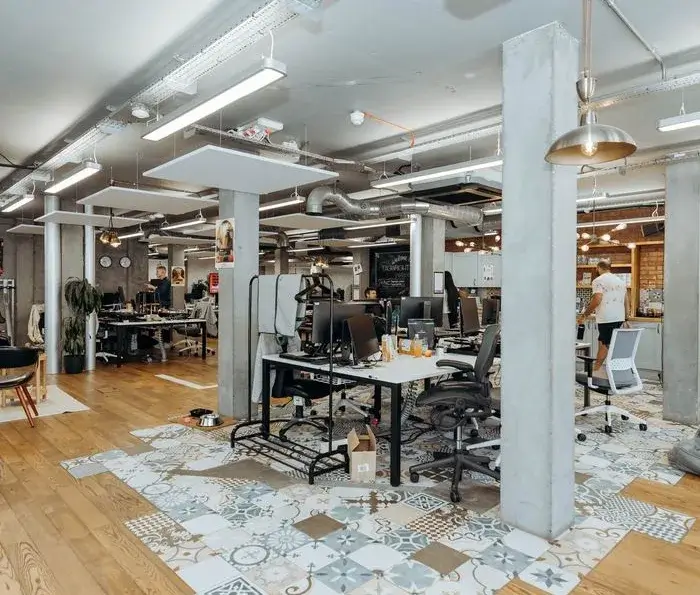Office News & Guides
- Flexioffices Team
- 28 November 2025
- Office Amenities, Strategy & Planning, Workplace Design
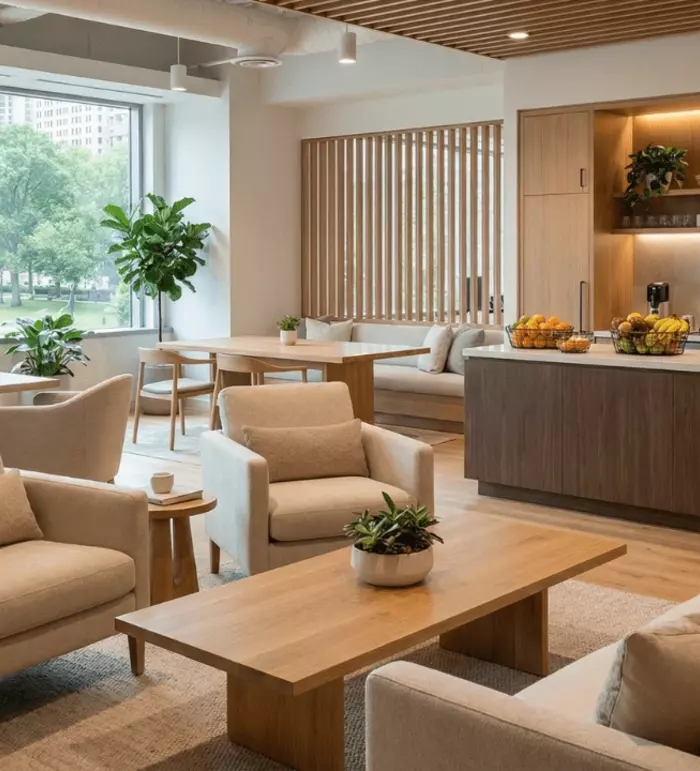
Amenities That Matter and Actually Get People Back In
Hybrid is here to stay, so the question is not whether people return to the office, but why they would choose to. An office amenities strategy...
- Flexioffices Team
- 25 November 2025
- Business Rates & Tax, Dilapidations, Moving Offices

Dilapidations and Business Rates Traps to Avoid at Exit
Exiting an office is not just handing back the keys. The two line items that surprise teams most are dilapidations and business rates, because...
- Flexioffices
- 17 November 2025
- Moving Offices, Strategy & Planning
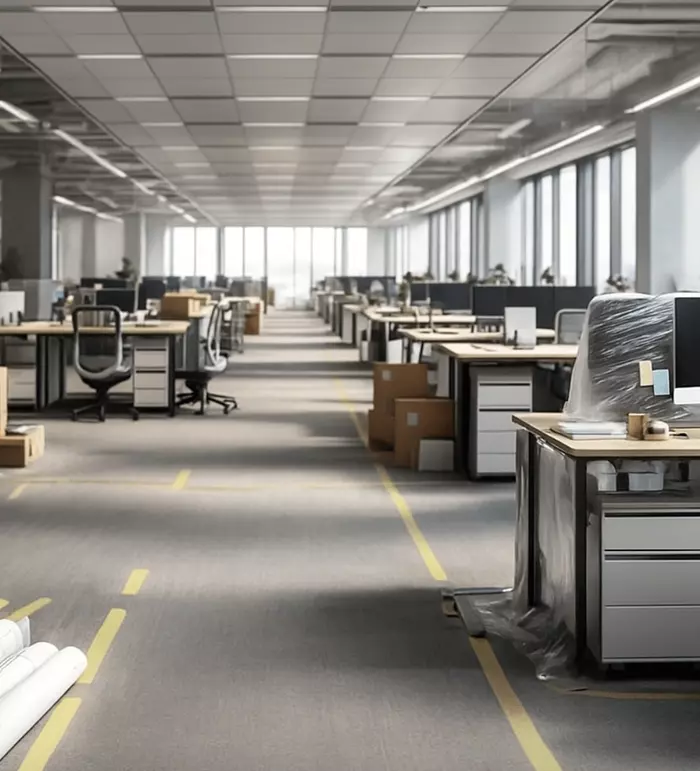
40-Day Office Timeline: From Brief to Move-In
Relocating a team in 40 days sounds punchy, but it is achievable with the right path and tight decisions. This guide maps a practical, step-by...
- Flexioffices Team
- 11 November 2025
- Office Relocation, Strategy & Planning

Building a Multi-City UK Office Network From a Single HQ
UK companies are moving beyond the single headquarters model. Rising central costs, wider hiring markets and hybrid work have pushed leadershi...
- Flexioffices Team
- 3 November 2025
- Market Trends, Strategy & Planning

Premium Office Trend: What Decision Makers Need to Know
The market got noisy about hybrid, then louder about return to office, then predictably confused. Through all of it, one thing has been consis...
- Flexioffices Team
- 30 October 2025
- Office Costs & Budgeting, Strategy & Planning
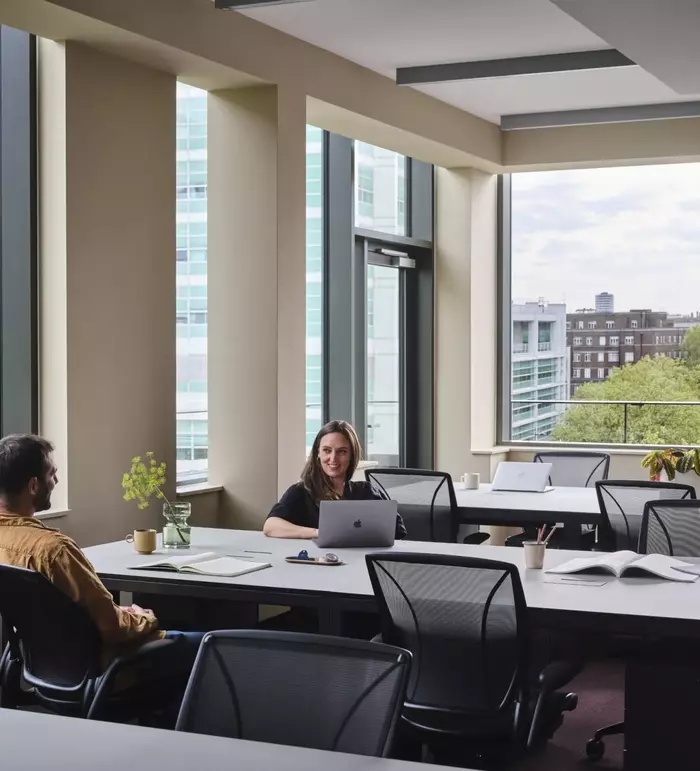
Hidden Costs of Renting Office Space and How to Avoid Them
Finding the right workspace should not feel like playing financial whack-a-mole. Yet many teams sign what looks like a simple deal, then disco...
- Flexioffices Team
- 28 October 2025
- AI, Workplace Design

Generative AI Office Design For Smarter Floor Plans
Office layout has always been a balancing act. You are juggling headcount, desk styles, meeting rooms, focus pods, tech, storage and about nin...
- Flexi Team
- 21 October 2025
- Health & Safety
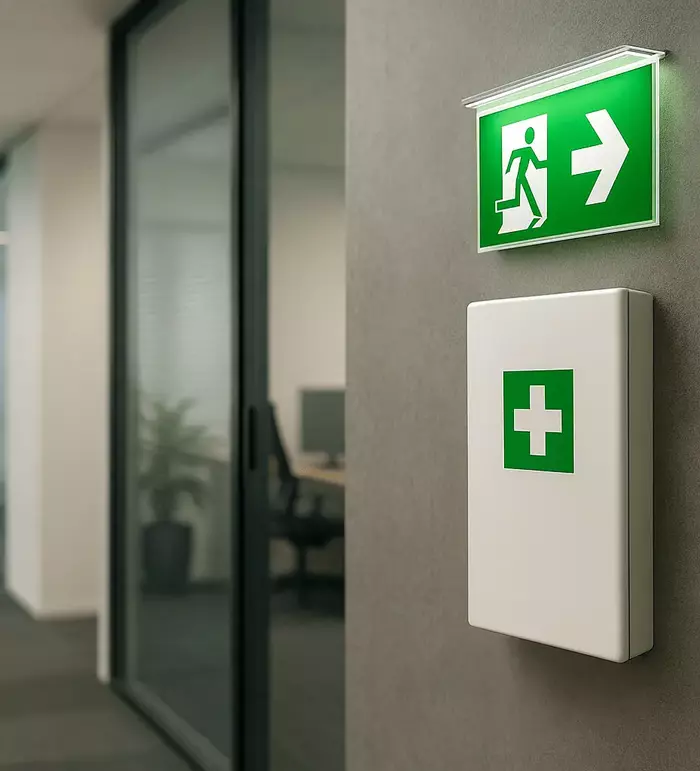
Health & Safety Must-Haves in Serviced Offices
Choosing an office is not just about postcode bragging rights and a good coffee machine. If you want your team to do their best work, your off...
- Flexi Team
- 17 October 2025
- Business Rates & Tax, Strategy & Planning

London Business Rates 2026: Early Preview for HQs
If your London HQ is waiting for April to worry about business rates, expect a surprise and not the cheerful kind. The 2026 revaluation resets...
- Flexi Team
- 14 October 2025
- Development pipeline, Smart Office
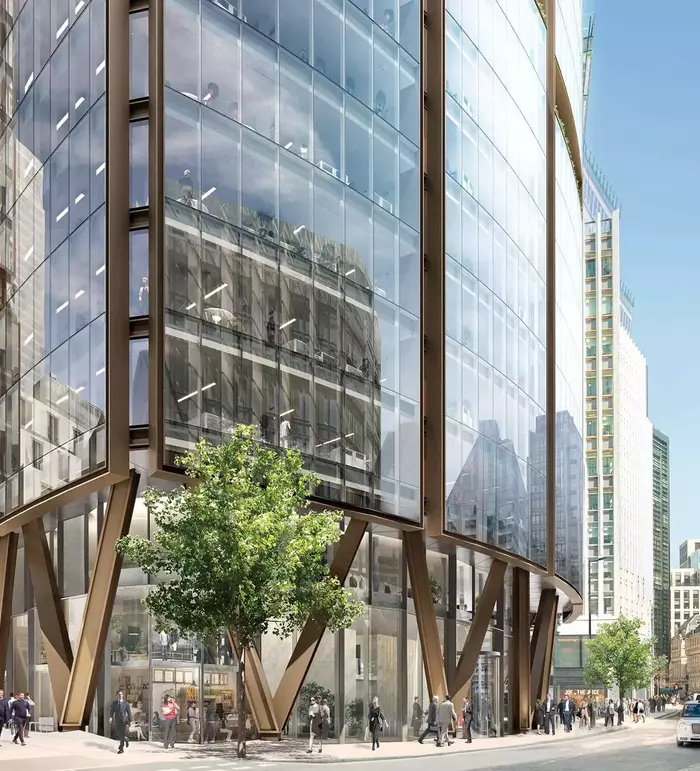
City of London’s New Office Space at 130 Fenchurch
The City of London is pressing ahead with a major refresh of its office stock, centred on 130 Fenchurch Street. The scheme clears a tired post...
